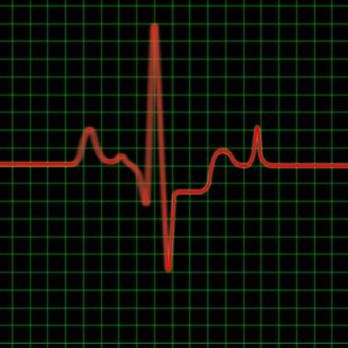Abdominal Aortic Aneurysms - a Silent Killer
Saturday, June 30, 2012

GoLocalWorcester interviewed Dr. Louis Messina, vascular surgeon, Division of Vascular and Endovascular Surgery at UMass Memorial Medical Center about the dangers of AAA, risk factors and available treatments.
What is an AAA?
AAA is short for an abdominal aortic aneurysm. The aorta is the main blood vessel in the body and runs on top of the spine. An aortic aneurysm is a ballooning of the aorta due to weakening of the wall. When an abdominal aortic aneurysm ruptures, it’s usually a fatal event, carrying a 75 to 90 percent mortality rate. However, if the patient survives long enough to get to the hospital, their chance of survival increases to 50 percent. Because AAA often has no warning sign before rupture, during routine physical exam or when men reach the age of 65 who have ever smoked, a preventive screening is the most effective way to detect a silent AAA. This allows detection of a potentially life-threatening aneurysm early enough for a surgeon to take corrective action.
Who is at risk?
Nearly 200,000 people in the United States are diagnosed every year. Virtually all patients who develop an AAA have smoked at some point in their life. Individuals with high blood pressure or with a family history are also at higher risk of developing an AAA. AAAs most commonly strike men age 60 and older. However, women can also develop an AAA usually at an older age.
How is a AAA detected and what kind of screenings are needed?

If someone does screen positive for this condition, how is the aneurysm treated?
The type of repair is dictated by the location and anatomy of the AAA. For the most common types of AAA, a minimally invasive procedure, called endovascular aneurysm repair (EVAR), is a common treatment for AAA that uses stent grafting. With EVAR, small incisions are made in the groin, achieving the same result as open surgery, but less invasively and with a shorter recovery time. In fact, with EVAR, hospital stays are typically cut down to two to three days. However, if an AAA is repaired by EVAR, lifetime follow-up is required. For complex AAA, open surgical repair can be accomplished at low risk but the recovery is longer than EVAR.
For more information about vascular disease, please go to UMass Memorial's website.
Related Articles
- NEW: ‘Voice of Red Sox’ Suffered Heart Attack before Crash
- Tips to Prevent a Heart Attack
- Fallon Community Health Plan Accepting Grant Applications
- NEW: UMass Memorial Doctor Fills in as Worcester’s Health Commissioner




 Delivered Free Every
Delivered Free Every
Follow us on Pinterest Google + Facebook Twitter See It Read It